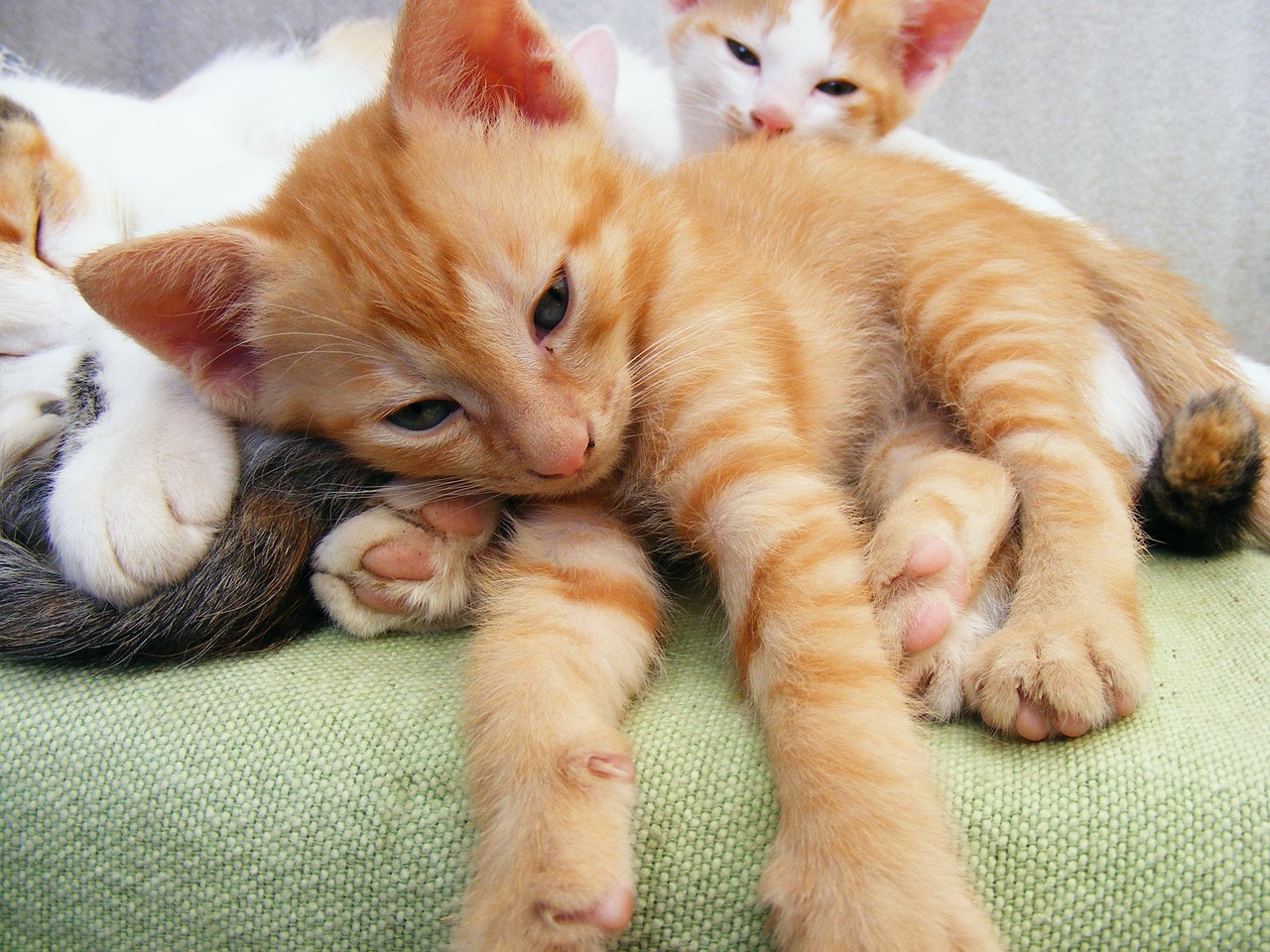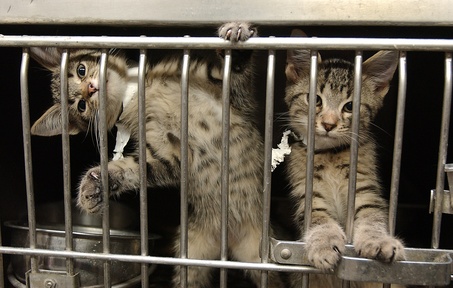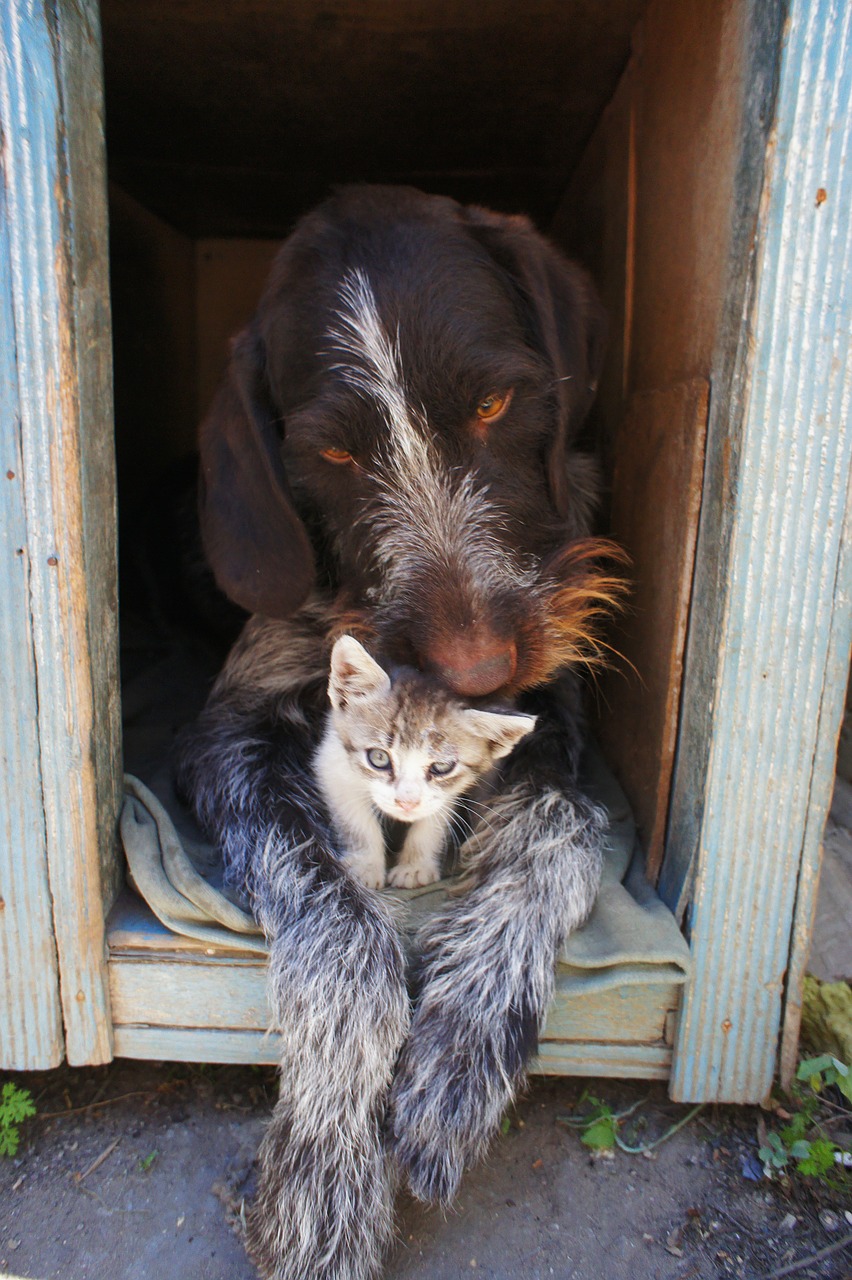How Physical Characteristics Influence Animals’ Length of Stay in Shelters
It would be nice to think that all shelter dogs and cats have an equal chance at finding a new home, but studies indicate that when it comes to the amount a time an animal spends in a no-kill shelter before adoption, age and physical characteristics are what potential adopters look at first.
In two separate studies published in the Journal of Applied Animal Welfare Science, researchers studied the adoption records of both dogs and cats at a few no-kill shelters in New York State. They found that certain types of dogs and cats had a much longer length of stay (LOS) than others.
In the dog study, young puppies had the shortest length of stay; LOS increased with a dog’s age. Surprisingly, neither coat color nor sex was found to be a factor in LOS for dogs. Medium-sized dogs had the longest LOS, while both very small dogs and very large dogs had shorter LOS. Researchers were surprised to find that “fighting” dog breeds had shorter lengths of stay than “guard” dog breeds, which had the longest LOS among purebreds.
In the cat study, the average length of stay for cats and kittens was 61.2 days, with individual cases ranging from 1 day to 730 days. Researchers found that younger, lighter colored cats spent less time at the shelter than older, darker colored cats. Adult cats with coloring described as “yellow” had the longest length of stay, but coat color had no impact on a kitten’s LOS. Coat patterns and whether or not the cat was purebred also impacted LOS. Male cats and kittens had a shorter LOS than female cats and kittens.
Potential cat adopters are more likely to be particular about superficial characteristics like color than dog adopters. In addition to color, cat adopters pay attention to age and sex. Dog adopters are also interested in age, but their other primary considerations are size and breed. The authors of both studies advocate for shelters to pay special attention to dogs and cats with characteristics that lead to long lengths of stay, and develop strategies that increase adoption rates for these deserving animals.




